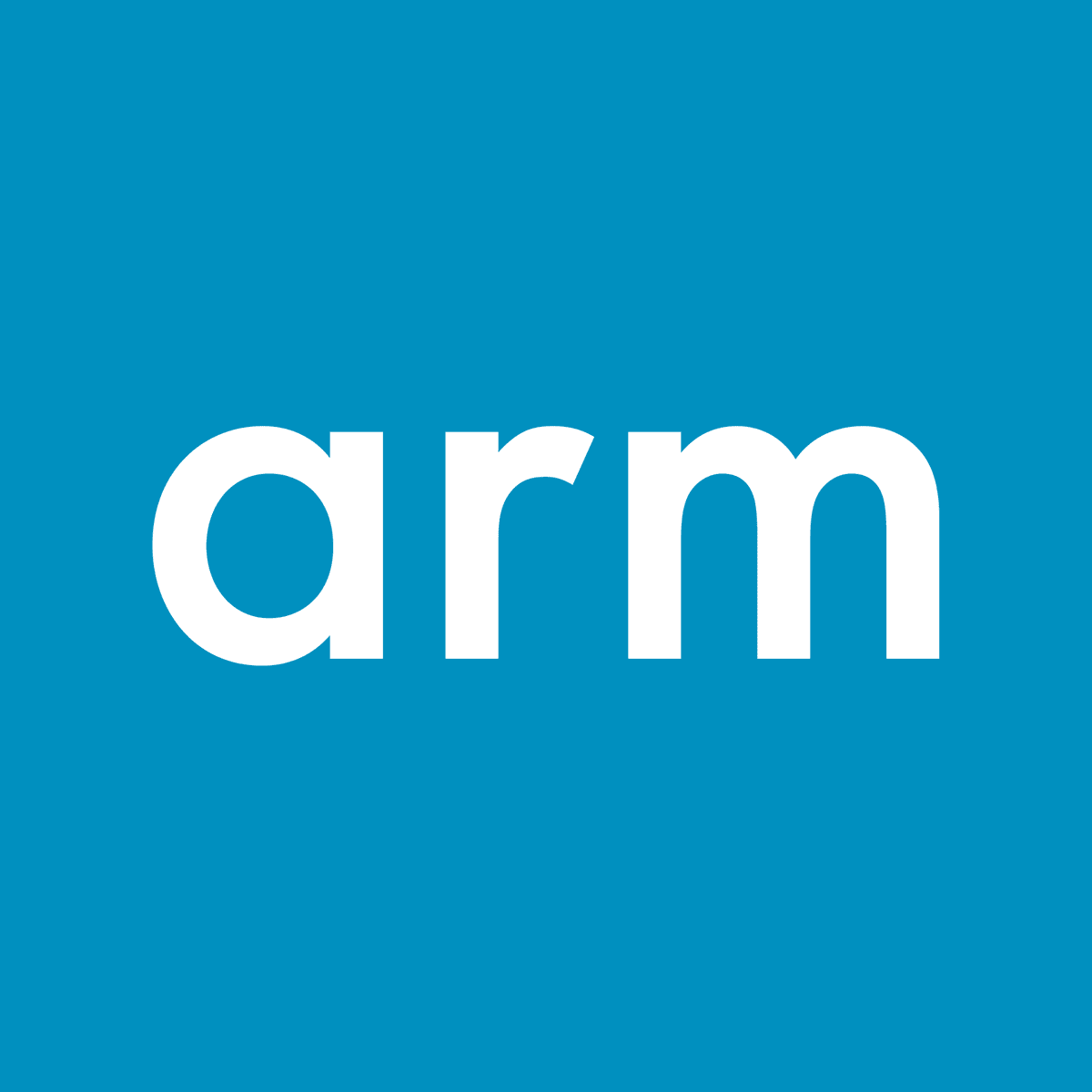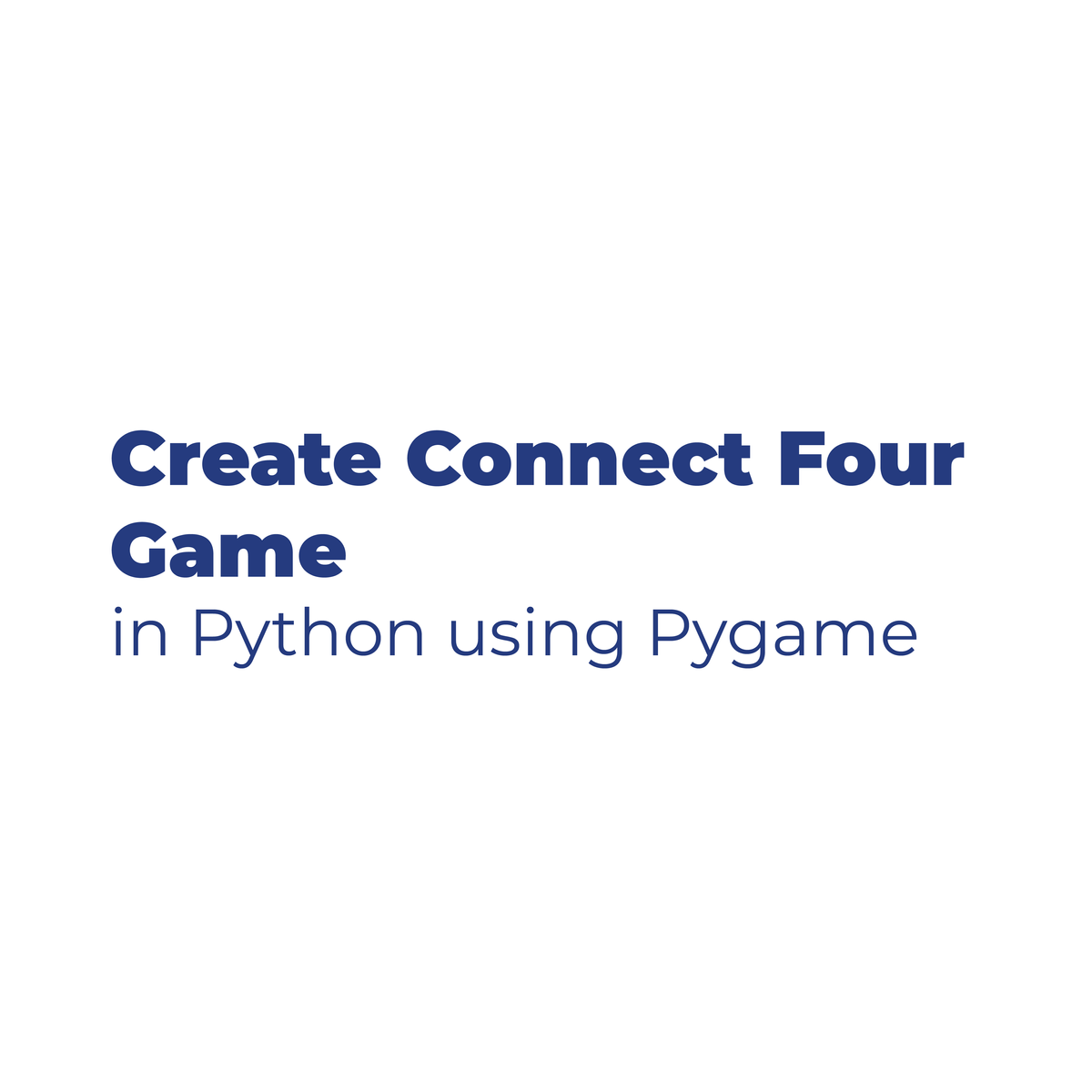Back to Courses









Computer Science Courses - Page 178
Showing results 1771-1780 of 2309

Cyber Security Fundamentals
This course is intended to provide a general introduction to key concepts in cyber security. It is aimed at anyone with a good general knowledge of information and communications technology. The nature, scope and importance of cyber security are explained, and key concepts are justified and explored. This includes examining the types of threat that cyber security must address, as well as the range of mechanisms, both technological and procedural, that can be deployed.
The role of cryptography in providing security is explored, including how algorithms and keys play their part in enabling cyber security. The key supporting function played by key management is identified, including why the use of cryptographic functions depends on it.
The need for security management in an organisation is explained, and its main elements are introduced - including the key role played by risk management. The importance of standardised approaches to security management is explained, as is the notion of compliance.

Windows Server Management and Security
Microsoft Windows has been at the forefront of enterprise computing for several decades. What most office workers see is the desktop side – such as Windows 7, 8 or 10. This course explores what it takes to design and build the server side of Windows in an enterprise environment. This course will explore everything from Windows Server installation to configuring users, to hardening the server operating system itself.
This course is the second course in the System Management and Security Specialization focusing on enterprise system management. The first week of this course provides an overview of how Windows operates in an enterprise environment and what it may look like in the real world. Week 2 of the course will show you how Windows users interact with the system. At the end of Week 2, you will be able to demonstrate how Windows authentication works at the end of Week 2. Week 3 will explore authorization in a Windows environment. At the end of Week 3, you will be able to differentiate between different authorization mechanisms and use different technologies to secure data within the environment. Week 4 explores built in security features of Windows and demonstrates how to use each technology effectively and in what circumstances you would use what technology for what purpose. At the end of week 4, you will be able to determine which technology is the best technology to use to secure certain portions of the Windows operating system.

Using Git for Distributed Development
Course 4 focuses on using git for open source software distributed development. Git is a revision control system which arose out of the Linux kernel development community. Git was designed to help developers spread across the globe working on complicated projects coordinate their work in a rational way and keep track of everything they were doing. Overtime, Git has grown to be used by millions of projects today. This course gives you the opportunity to learn how to use git efficiently and make contributions in a relatively short amount of time. It will cover:
How to install git
How to initialize a repository
How to make changes in a repository
How to make changes in repositories available to others
How to acquire changes made by other individuals
How to find errors in your work and go back to earlier states of yoru projects
How to make commits, diffs, merges, rebases.
The course will help you get the skills to have a good understanding on how to use git. You will have a good knowledge about git workflows, identifying problems in your workflows, and finding solutions to solve these problems.

Armv8-M Architecture Fundamentals
The course includes fundamental architecture topics that are key to understanding how any Cortex-M processor functions internally. The course focuses specifically on the Armv8-M version of the Arm Architecture, which processors like the Cortex-M33 and Cortex-M55 are based on. However, even if you're working with older processors based on earlier versions of the architecture, like Armv6-M or Armv7-M, a lot of the information is mostly still very relevant and useful.

Create Icons with Inkscape
By the end of this project, you’ll be able to create system and application icons with Inkscape. Inkscape is a free and open-source program that creates vector graphics. Because they’re vector based, images created in Inkscape are ideal for creating icons. They can be resized and edited quickly—and they’ll stay clear and sharp even after the changes.
During this project, you’ll practice creating line-based icons and solid-fill icons. You’ll practice researching icon requirements, you’ll prepare the Inkscape workspace to create icons, and you’ll create two different icons: a line-art lightbulb and a solid-fill envelope. Then you’ll practice resizing and exporting those images to meet Apple and Android specifications.
By the end of the project, you’ll be comfortable planning and creating icons for iOS, Android, and other systems.
Note: This course works best for learners who are based in the North America region. We’re currently working on providing the same experience in other regions.

Create Affinity Diagrams to Organize Ideas in Miro
By the end of this project, you will be able to cluster and organize ideas with affinity diagrams.
To do this, you will gain hands-on experience structuring ideas from team brainstorming to increase insights by creating an affinity diagram in the Miro online visual collaboration platform for teamwork.
Note: This course works best for learners who are based in the North America region. We’re currently working on providing the same experience in other regions.

Networking and Security in iOS Applications
You will learn to extend your knowledge of making iOS apps so that they can securely interact with web services and receive push notifications. You'll learn how to store data securely on a device using Core Data. You’ll also learn to securely deploy apps to the App Store and beta users over-the-air.
The format of the course is through a series of code tutorials. We will walk you through the creation of several apps that you can keep as a personal app toolbox. When you make your own apps after this course, you can bring in these capabilities as needed. When necessary we pop out of the code tutorials to talk about concepts at a higher level so that what you are programming makes sense.
Upon completing this course, you will be able to:
1. Post Facebook, Twitter, Sina Weibo, Tencent Weibo messages to social media using single sign-on on behalf of a user.
2. Use OAuth 2.0 to securely authenticate to Instagram and retrieve photos on behalf of a user
3. JSON
4. Describe JSON’s syntax
5. Write well-formed JSON
6. Work with JSON data objects in Objective-C
7. Appropriately set the security settings for App Transport Security in iOS 9.0
8. Use http, https and https with perfect forward secrecy to fetch web resources
9. Obtain permissions to receive local push notifications
11. Write an app that can send and receive local push notifications
12. Obtain permissions to receive remote push notifications
13. Write an app that can receive remote push notifications
14. Authenticate using Apple’s cryptographic services such that the developer can use 3rd party infrastructure to send remote push notifications to their app.
15. Securely store data on the user’s device.
16. Authenticate using Apple’s cryptographic services such that they can deploy an app to the app store

Test app in Azure with Visual Studio and DevTest labs
In this project, learners will know how to publish an app from Visual Studio and then test the app using the Azure DevTest labs service. The app we will create and test will be a console app. We will use some of the services that are available in Azure to create a file share and then test the app. In Azure, the app will be tested using DevTest labs. DevTest Labs is a service that gives functionality for managing environments that contain Azure Virtual Machines. We will also create a file share and virtual machine that will be added to the lab we created in Azure. We will then use Visual Studio to publish the app to the file share that we created in Azure. By the end of the project, you will have learned how to create and test an application using Visual Studio and DevTest labs in Azure.

Introduction to C Programming Variables Input Output
In this project you will implement a program using C that demonstrates the basic data types and how to input and output them.
The C programming language is the basis for many other programming languages. Its syntax has been used in languages such as C++, Java, and C# to name a few. It is still the language of choice for writing Operating systems, games, and many other applications where performance is critical.
Note: This course works best for learners who are based in the North America region. We’re currently working on providing the same experience in other regions.

Create a Connect Four Game in Python using Pygame
In this 1-hour 30 minutes long project-based course, you’ll be able to create a connect four game in python using python’s popular library Pygame. You will learn about most of pygame’s functions and modules. You'll be able to implement the connect four game logic. You’ll be able to insert drawings, images and texts into your game. You’ll be able to handle events and react to them being activated and finally, you’ll be able to take input from the user.
Pygame is a set of python modules designed for writing video games. It allows you to create a fully featured game and multimedia programs in the python language. It’s also free, highly portable and runs on nearly every platform and operating system.
Python is a popular, high-level, general purpose, dynamic programming language. It is versatile, easy to pickup and learn, readable, and well-structured. You can find a library for basically anything you could imagine: from web development, through game development, to machine learning.
Note: This course works best for learners who are based in the North America region. We’re currently working on providing the same experience in other regions.
